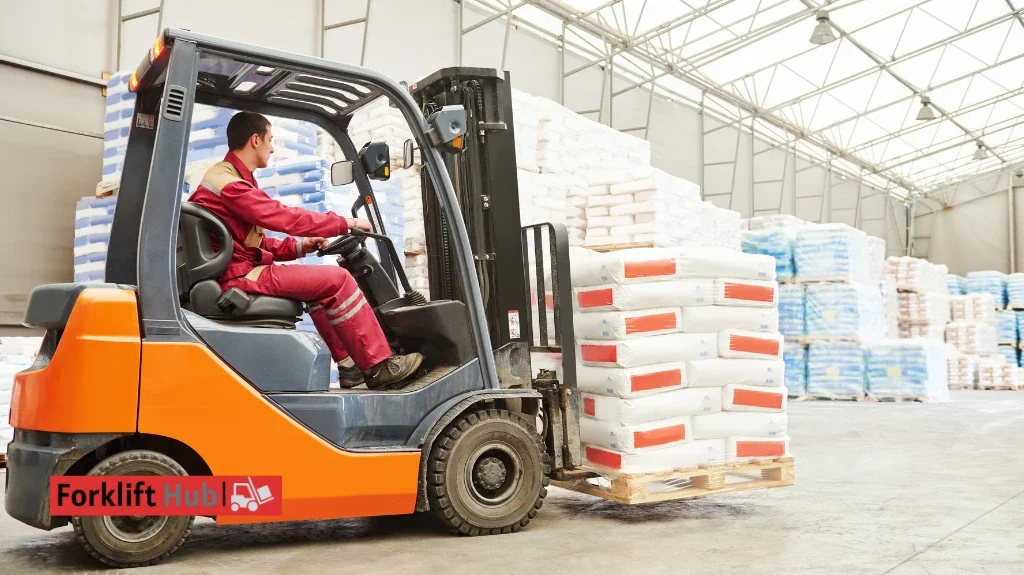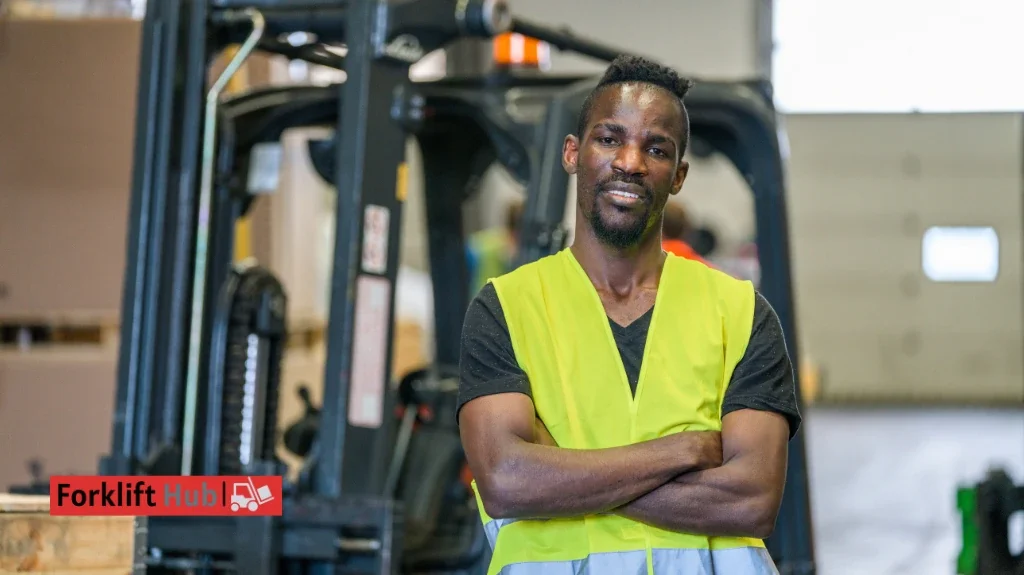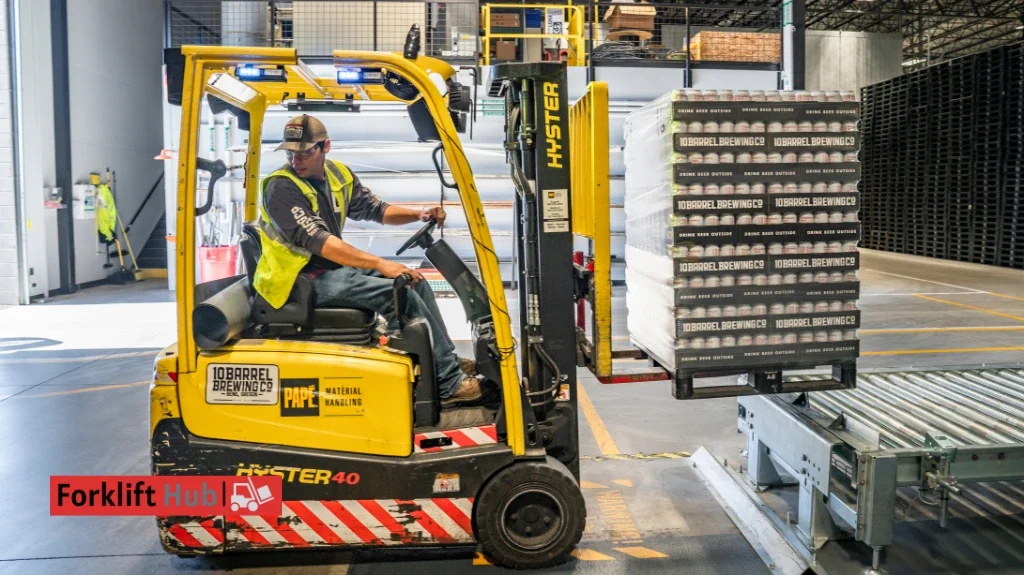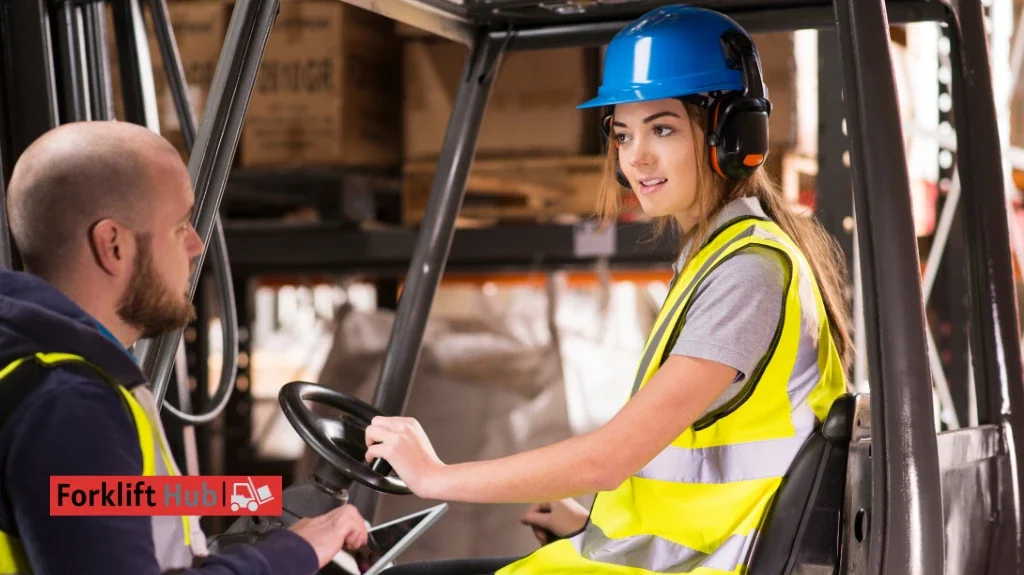Forklift License vs Forklift Certification
When it comes to operating a forklift, many people get confused about the difference between forklift license vs forklift certification. In both the U.S. and Canada, there is no government-issued forklift license. What matters is proper training and a valid forklift certification. Understanding the distinction is essential for workplace safety, legal compliance, and ensuring you’re qualified to operate industrial equipment.
Ready to get certified and stay compliant? Explore your forklift certification options today.
Key Takeaways
Neither the U.S. nor Canadian governments issue a formal forklift license.
A forklift certification proves an operator has completed proper training and is competent to operate forklifts safely.
Certification programs typically include classroom instruction, hands-on training, and practical evaluations.
Employers are legally required to ensure operators are certified, and certifications must be maintained and renewed periodically.
Accredited training providers or recognized workplace programs issue certifications, not government agencies.
Choosing the right certification program involves verifying accreditation, trainer qualifications, hands-on experience, and refresher options.
Compliance with OSHA (U.S.) or CCOHS/provincial (Canada) regulations is critical for workplace safety and legal protection.
Forklift License vs Forklift Certification
1. Understanding Forklift License vs Forklift Certification
Many people assume that operating a forklift requires a government-issued license, but that is not the case. Instead, operators need a valid forklift certification to demonstrate that they are properly trained and qualified to handle industrial equipment safely.
Key points about forklift licenses and certifications include:
Neither the U.S. nor Canadian governments issue a formal forklift license. Operators do not need a license from a government authority to legally operate a forklift.
A forklift certification is official documentation that proves an individual has completed proper training and demonstrated competence in operating a forklift safely.
Individuals can obtain a forklift certification by completing an accredited training program that meets workplace safety regulations and standards, such as those outlined by the Occupational Safety and Health Administration (OSHA) in the U.S. or the Canadian Centre for Occupational Health and Safety (CCOHS) in Canada.
Training programs can vary in format to accommodate different learning styles and schedules. Common options include online courses for theoretical knowledge, in-person classroom sessions, and hands-on training where operators practice using a forklift under supervision.
Most certification programs include both a written assessment and a practical evaluation to ensure operators understand safety protocols and can operate a forklift correctly.
Obtaining a forklift certification, rather than relying on the misconception of a license, ensures you meet legal requirements and are prepared to work safely in any industrial environment.
Types of Forklift Training Programs
Forklift training can be delivered in several formats, each with unique benefits. Understanding the differences can help operators choose the right program to meet certification requirements.
| Training Type | Description | Pros | Cons |
|---|---|---|---|
| Online Training | Theoretical instruction delivered through online modules or videos. | Flexible schedule, can learn at your own pace, often lower cost. | No hands-on experience, may not be sufficient alone for certification. |
| In-Person Classroom | Instructor-led sessions covering theory, safety rules, and regulations. | Interactive learning, immediate feedback, easier to ask questions. | Less flexible schedule, may not include hands-on practice. |
| Hands-On Training | Practical operation under supervision using real forklifts. | Provides real experience, required for certification, builds confidence. | May require access to equipment and facilities, can be more costly and time-consuming. |
2. Certification vs License: What’s the Difference?
Understanding the distinction between a forklift certification and a license is crucial for both operators and employers. While the terms are sometimes used interchangeably in casual conversation, they represent very different concepts in the workplace.
Key differences between a certification and a license include:
A forklift license is not issued by any government authority in the U.S. or Canada. Unlike a driver’s license, there is no formal licensing system for forklift operators.
A forklift certification is official documentation that confirms an individual has completed training and demonstrated the skills necessary to operate a forklift safely.
Certifications are typically issued by accredited training providers, while a license would theoretically come from a government body (which does not exist for forklifts).
Certification programs ensure that operators are familiar with workplace safety rules, proper forklift operation, and hazard prevention. A license, by contrast, would not necessarily verify competency or practical knowledge.
Certification must often be renewed every few years to ensure operators maintain up-to-date knowledge and skills, whereas a license, if it existed, might not include this requirement.
By understanding the difference, employers can ensure compliance with safety regulations, and operators can be confident that they are legally and safely prepared to operate forklifts.
Forklift License vs Forklift Certification: Quick Comparison
| Feature | Forklift License | Forklift Certification |
|---|---|---|
| Issued By | No government agency issues a license | Accredited training providers or recognized workplace programs |
| Legal Recognition | Not legally recognized | Required by OSHA (U.S.) or CCOHS/provincial regulations (Canada) |
| Purpose | N/A | Proves operator has completed training and can operate safely |
| Renewal | N/A | Typically every 3–5 years, with refresher training |
| Practical Requirement | None | Hands-on evaluation and written test required |
3. Why Certification Matters
A forklift certificate is not just a formality; it's an issue of workplace safety, legal compliance, and protecting employees and employers.
Some of the reasons why certification matters are:
Certification ensures drivers are equipped to operate forklifts safely to reduce the risk of accidents, injuries, and property damage.
Employers need to ensure that forklift operators are OSHA (U.S.) or CCOHS/provincial regulation certified. Operating without certification is subject to fines and liability.
Certified operators are better able to handle hazards, e.g., uneven floors, over-weighted loads, or crowded warehouse conditions.
Certification is a demonstration of interest in professional competence and can increase job confidence and productivity.
Most insurers require certified operators as a condition for continuing coverage, and so certification is a part of financial and operational risk management.
Prioritizing certification over a "license" puts the companies and operators in the position of assuring regulatory compliance and ensuring a safer, more efficient workplace.
4. Legal Requirements for Operating a Forklift
Operating a forklift without proper certification can have serious legal consequences. Both the U.S. and Canada have regulations that define who can operate a forklift and what training is required.
Key legal requirements include:
Minimum Age: Operators must meet the minimum age requirement—typically 18 years old in the U.S. (OSHA) and 18 or older in most Canadian provinces.
Certification Requirement: Employers must ensure all forklift operators complete an accredited certification program before operating any forklift.
Training Components: Certification programs must include formal instruction, practical hands-on training, and an evaluation of operator performance.
Refresher Training: Operators must undergo refresher training if they are observed operating unsafely, involved in an accident, or if workplace conditions change significantly.
Documentation: Employers are required to maintain records of certification for each operator and provide proof of training upon request.
Regulatory References:
U.S.: OSHA Standard 1910.178 – Powered Industrial Trucks
Canada: Canadian Centre for Occupational Health and Safety (CCOHS) – Forklift Safety
Provincial Links: Each Canadian province has specific workplace safety regulations for forklift operation. Here are a few of the main ones:
Quebec: Lift Truck Legislation
British Columbia: WorkSafe BC
Alberta: Alberta OHS Act
Ensuring operators meet these legal requirements protects both employees and employers, reduces liability, and maintains a safe working environment.
5. Forklift Operation Laws and Regulations
Operating a forklift safely is not just a best practice; it is legally required. Both the U.S. and Canada have clear regulations that define safe operation, training, and documentation standards.
Key forklift operation laws and regulations include:
OSHA Regulations (U.S.): OSHA Standard 1910.178 outlines the requirements for powered industrial truck operation, including training, operator responsibilities, and workplace safety standards.
CCOHS Guidelines (Canada): The Canadian Centre for Occupational Health and Safety provides comprehensive guidance on forklift operation, emphasizing training, hazard prevention, and proper equipment use.
Provincial Regulations (Canada): Each province has specific laws governing forklift operation. For example, Ontario’s Occupational Health and Safety Act and related regulations require proper training, certification, and workplace safety compliance.
Workplace Safety Rules: Regulations require operators to inspect forklifts before each shift, follow safe driving practices, and adhere to load limits and speed restrictions.
Documentation and Recordkeeping: Employers must maintain records of operator certifications, training completion, and incident reports to comply with legal requirements.
Enforcement and Penalties: Failure to comply with these laws can result in fines, workplace shutdowns, or increased liability in case of accidents.
By following these laws and regulations, both operators and employers can maintain a safe work environment, reduce the risk of accidents, and ensure compliance with federal and provincial standards.
6. What a Forklift Certification Looks Like
A forklift certification is more than just a piece of paper; it’s proof that an operator has received the proper training and is certified to safely drive a forklift.
Some of the key features of a forklift certification include:
Operator Information: The certificate usually includes the operator's full name and, in some cases, their employee ID.
Training Provider Information: The name of the authorized training body that issued the certification is indicated on the document.
Date of Completion: The certificate shows the completion date of the training and typically the expiry date.
Type of Equipment Certified: Some certifications specify the type of equipment or forklift that the operator was trained on, such as sit-down counterbalance, reach truck, or pallet jack. You need to take training on the type of equipment that you will be operating.
Practical and Written Completion: Certificates show that the operator passed the theoretical and practical examinations.
Validity Period: Forklift certification is usually valid for 3–5 years, after which refresher training is required for compliance.
Remaining visible and up-to-date with certification ensures that operators have proof of training available when requested by employers, safety inspectors, or state/provincial authorities.
7. Who Issues Forklift Certifications?
Forklift certifications are not issued by governments. Instead, they are issued by recognized organizations and accredited training providers. Being aware of who is responsible for certification guarantees your training is not only legitimate but also legally valid.
The key points for forklift certification authorities include:
Accredited Training Providers: Most certifications are issued by private companies, trade schools, or industry organizations that are compliant with OSHA (U.S.) or CCOHS/provincial standards (Canada).
Regulating Standards: Training programs must comply with federal and provincial safety standards, allowing operators to meet legal and safety requirements.
Worksite Certification Programs: In-house training programs are provided by some larger employers, but these must also comply with accepted regulatory standards to be valid.
Trainer Qualifications: Training conducted by certified instructors must incorporate proven experience as forklift operators and knowledge of safety regulations.
Renewal and Recordkeeping: Certification bodies track expiration dates and provide refresher courses, keeping operators up-to-date with best practices and legal obligations.
Operators and employers can be compliant, maintain standards of safety, and hold valid documentation that is accepted by regulatory authorities by getting certified through an accredited provider.
8. Tips to Choose a Forklift Certification Program
It's important that you choose the right forklift certification program if you wish to have proper training and meet regulations. They are not created equal, and it is important that you choose one that is recognized, complete, and suitable to your workplace requirements.
The topmost tips in choosing a forklift certification program are:
Ensure Accreditation: Verify that the course is accredited and approved by OSHA (U.S.) or CCOHS/provincial governments (Canada) to guarantee your certification is legally accepted.
Review Training Format: Look for courses that include hands-on practical training in addition to classroom or online instruction. Practical training is critical to safe operation.
Evaluating Trainer Qualifications: Confirm trainers are certified forklift operators with safety regulation and industry best practice expertise.
Look at Types of Equipment: Choose a program that trains on the types of equipment you will be operating, such as sit-down counterbalance trucks, reach trucks, or pallet jacks.
Look for Refresher Courses: Best programs offer refresher training to allow operators to renew certification and stay current with safety procedures.
Read Reviews and Testimonials: Find out how well the program has worked for past students and what others have to say about its quality and assistance.
By meticulously considering certification courses, you can guarantee your training is thorough, accepted, and specific to your particular workplace requirements.
Get A Forklift Certification with Forklifthub
;
Getting your forklift certification is the first step toward a successful career as a forklift operator. It ensures you have the skills, knowledge, and confidence to operate safely in any workplace. From filling out the ForkliftHub form to completing both classroom and hands-on training, every step prepares you for real-world forklift operation while meeting CSA safety standards.
Why Certification Matters
Unlocks job opportunities by proving your qualifications.
Boosts workplace safety for you and your team.
Gives peace of mind knowing you’re fully qualified for the equipment you’ll operate.
ForkliftHub makes it easy to find a course near you that fits your schedule and the type of forklift you’ll use. Take the first step today: fill out the ForkliftHub form, start your certification journey, and gain the skills and confidence to excel on the job.
*Disclaimer
This post is intended for informational purposes only and does not constitute legal or professional advice. Forklift certification requirements may vary by province, employer, and specific job site regulations. Always consult with your employer, local regulatory authorities, or a certified training provider to ensure compliance with current safety standards and legal requirements. ForkliftHub is not responsible for any liability or damages resulting from the use of this information.










